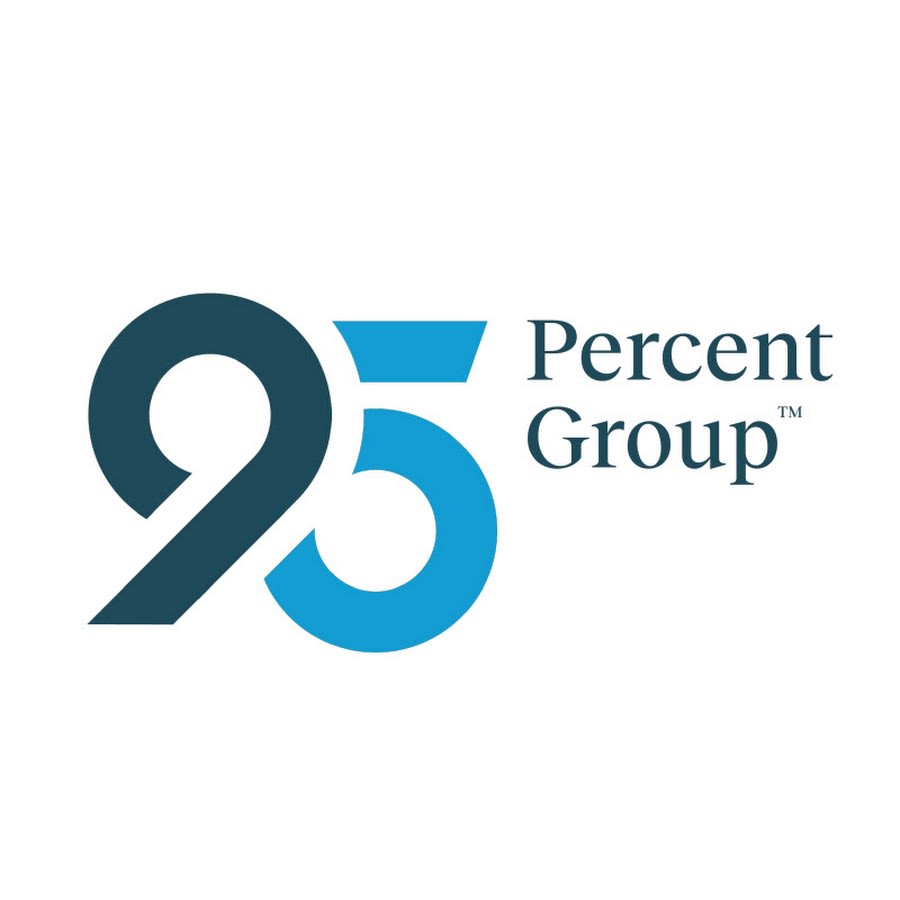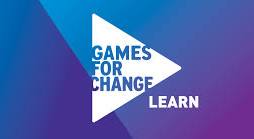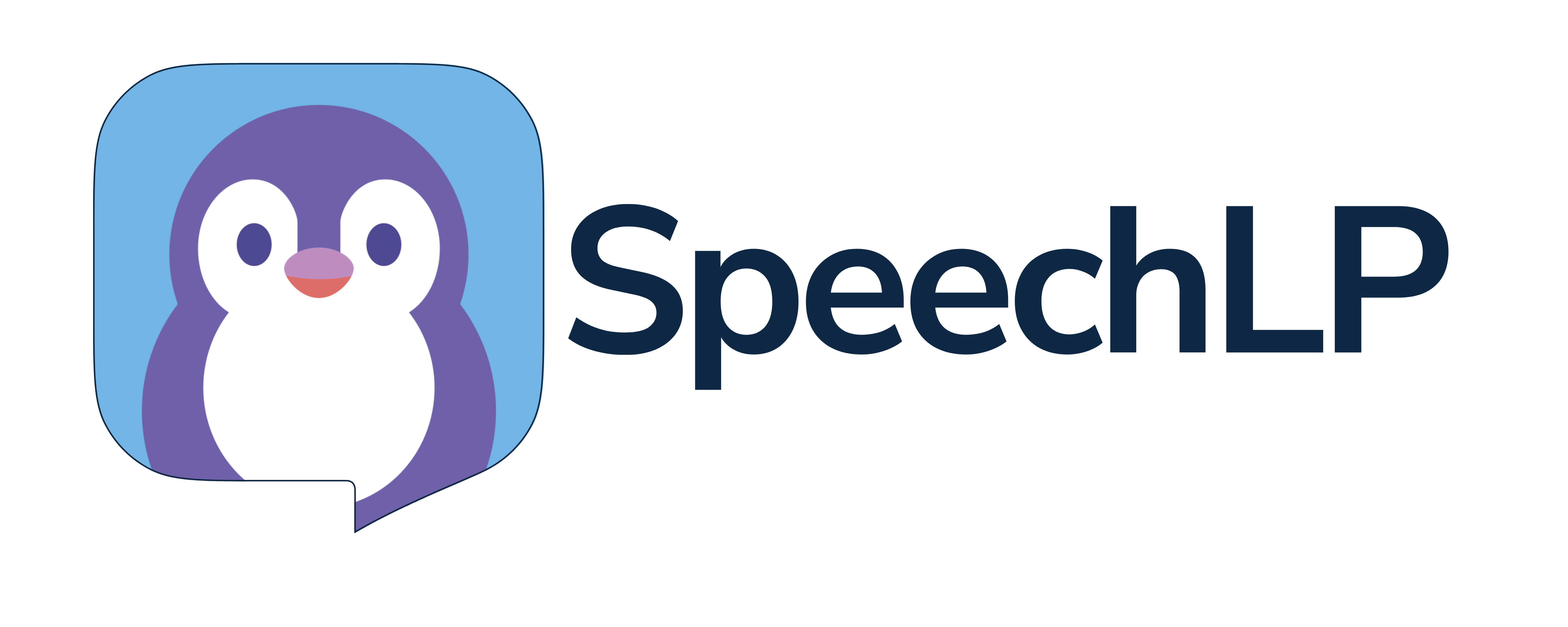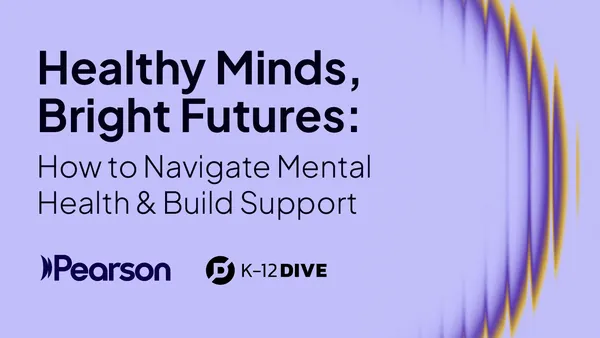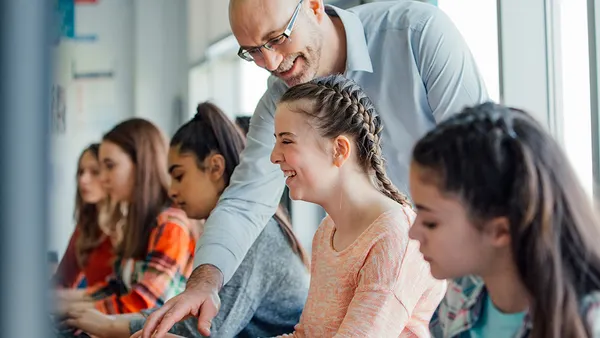Dive Brief:
- The Building Assets-Reducing Risks (BARR) program received a $5 million development grant from the federal Investing in Innovation program, and has seen success helping middle schools students transition to high school using a holistic approach.
- The BARR program has expanded from one Minnesota high school to 45 urban, suburban and rural schools.
- Weekly student reviews are at the heart of the program, and academic strengths, weaknesses, family needs and social issues are discussed.
Dive Insight:
The BARR approach is also comprised of a 30-minute lesson each week on social-emotional skills, on top of the intensive holistic approach taken by BARR educators, who are undertaking substantial extra work to participate in the program. Yet schools have reaped rewards; according to reviews done by hired consultants, the program is improving student performance and reducing the drop-out risk.
Holistic approaches to K-12 education appear to be gaining steam, and districts taking a holistic approach to K-12 education have overall reaped benefits. Community schools and therapeutic schools also consider a student's home and personal life and support kids and teens around non-academic issues. Therapeutic approaches in particular can help disadvantaged K-12 youth simultaneously achieve personal and academic wellness, while community schools work by involving local communities and providing social services like counseling or healthcare. "Blended" schools also offer a social service like healthcare in addition to education, like Dr. Priscilla Chan’s new “Primary School” project in East Palo Alto.





 Dive Awards
Dive Awards

